Cradle-to-Gate in LCA: What Is It and How Does It Work?
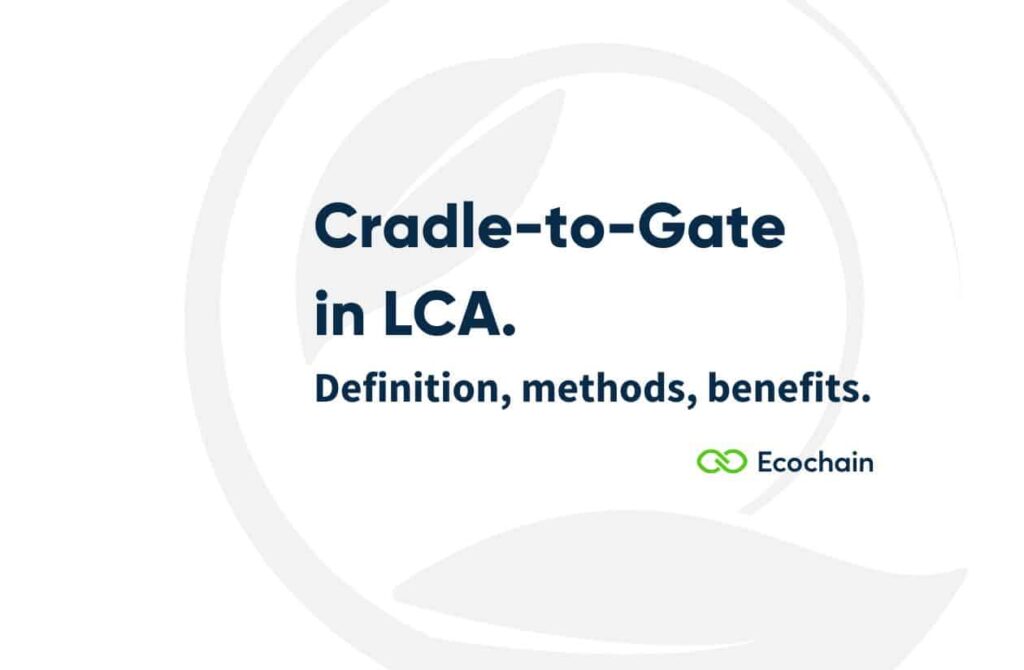
Life Cycle Assessments (LCA) following “Cradle-to-Gate” – measure a product’s environmental footprint up to the point where it leaves the factory gate. This means the environmental footprint results don’t include the footprint of product use by customers and its end-of-life processes (waste/recycling/upcycling). Cradle-to-gate simplifies and speeds up the LCA process. This is handy in certain […]
Guide To Sustainable Product Design (2024 Update)

The difference between Ecodesign, sustainable design & circular design for products, is that they approach what ‘sustainability’ in product design means – slightly differently. As sustainability becomes part of business, understanding the different sustainable design approaches is crucial for R&D. How do you deliver the most environmentally friendly products? And proof it? When you finish […]
Life Cycle Assessments & The Fashion Industry: The Good, The Bad, The Potential

With the recent increase in greenwashing claims for big names like H&M, Boohoo, Asos, Asda, Life Cycle Assessments (*LCA for short) as a measurement method for the environmental impact of products – has come under quite a lot of critique. These brands are often accused of showing inaccurate environmental data and untransparent/bad sustainability reporting. Of […]
Primary vs. Secondary Data: What’s The Best In LCA?

To make an LCA of your product(s) you need data. Think of the energy usage for your manufacturing and waste processes, data on your purchased & used raw materials, etc. Much data can be found in your own finance or purchase department. But with supply chain data (e.g. purchased raw materials) it’s trickier. How do you get […]
The Data You Need For a Life Cycle Assessment (LCA)
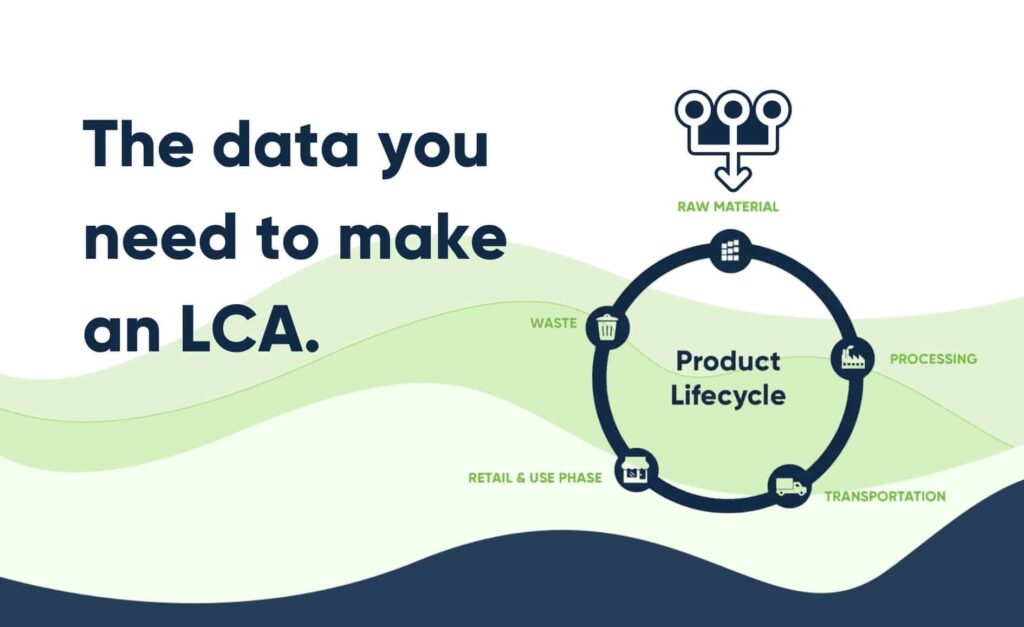
Life Cycle Assessment (LCA) is a scientific method to measure the environmental footprint of a product. The result: 15+ impact outcomes. But before you can measure, you need information on your product. Think of data on your usages & emissions, utilities, transport, materials, etc. That’s why the first step in measuring LCA’s is Data Collection. Data […]
4 Steps To Create the Foundation for Credible Sustainability Reporting
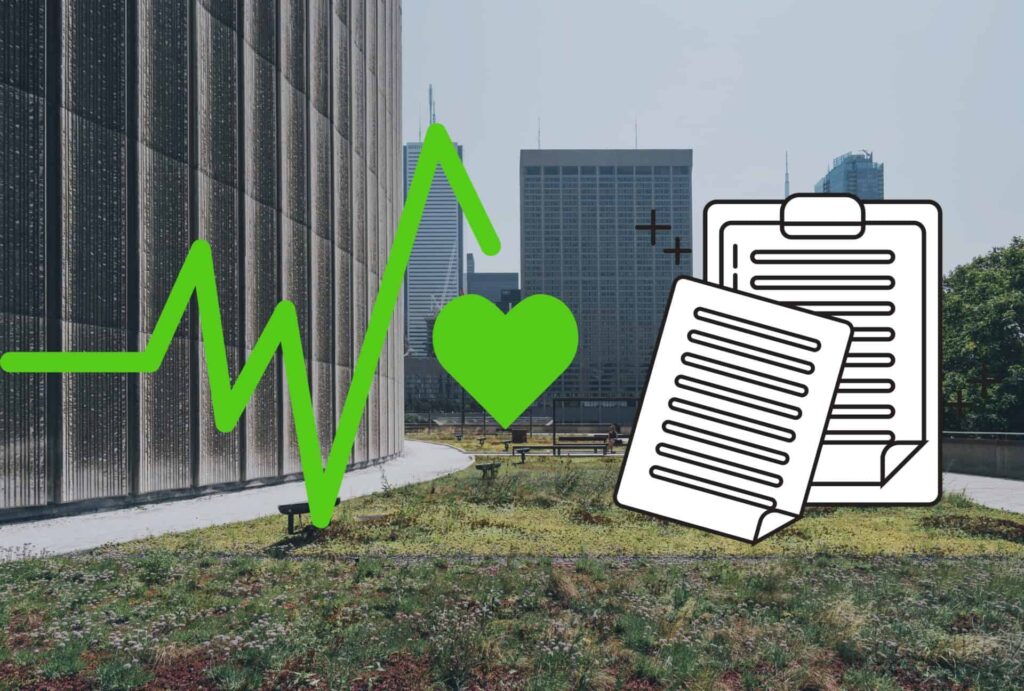
Sustainability reporting is no joke. Companies often struggle to collect the right data and create concise and focused reporting on their sustainability matters. We teamed up with our implementation partner Nexio Projects on how you can tackle that big pool of sustainability data in your company. And turn it into high-quality sustainability reporting. Step 1. […]
How to Collect Greenhouse Gas (GHG) Data from Suppliers
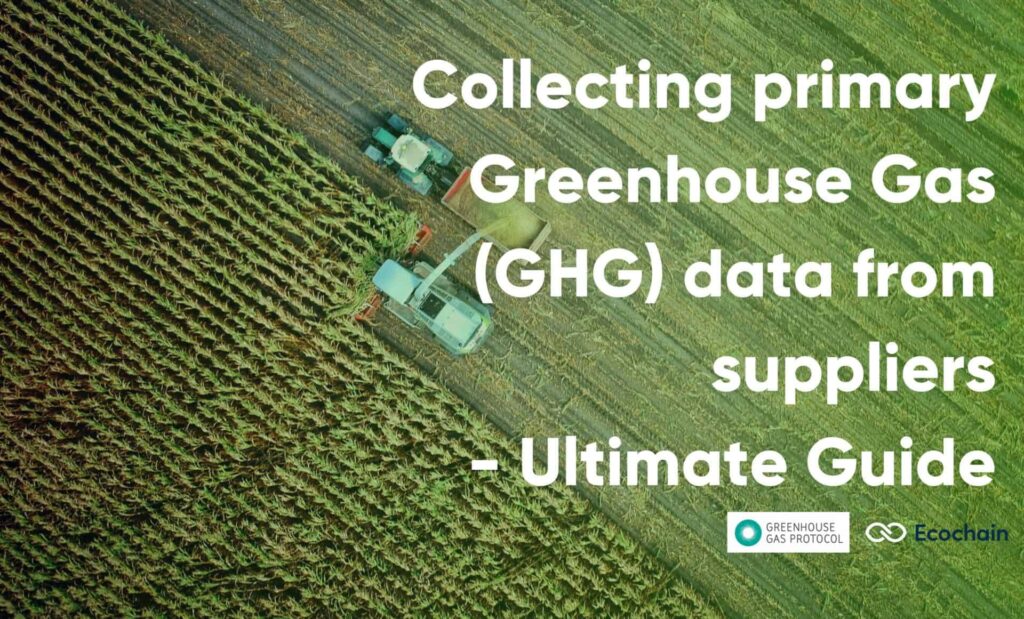
We always talk about why you should engage your suppliers in your emission reduction efforts. But how do you actually retrieve the primary environmental data you need from them? Let’s dive into it. GHG Protocol reporting in the EU’s new CSRD The EU’s new Corporate Sustainability Reporting Directive (CSRD) will affect more than 50.000 large […]
CSRD & ESRS Guide: Prepare for Sustainable Reporting
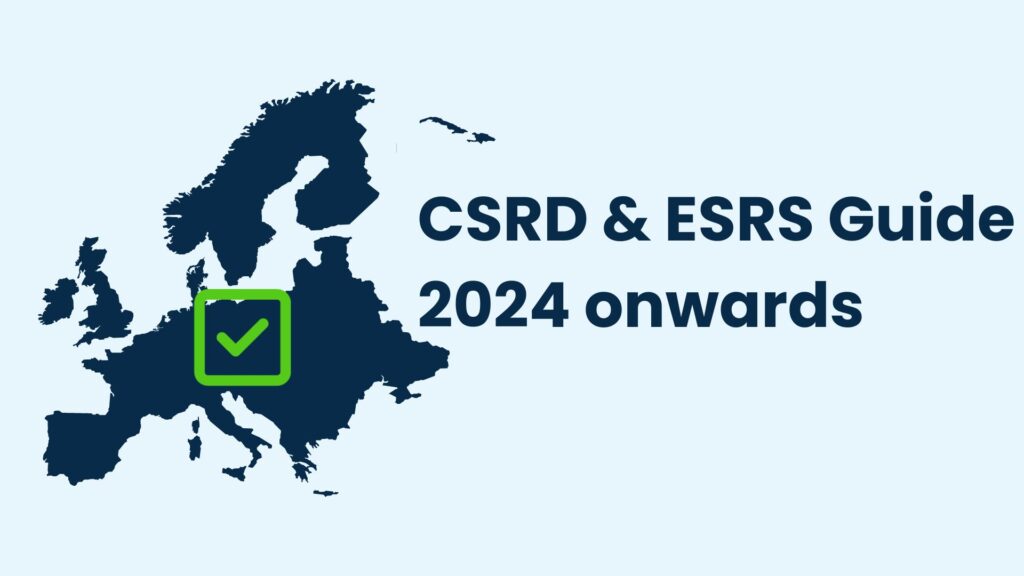
1. What is the CSRD? The Corporate Sustainability Reporting Directive, also CSRD, improves and replaces the current Non-Financial Reporting Directive (NFRD), which applies to approximately 12.000 organizations within the EU region. The NFRD explains the rules on disclosure of non-financial and diversity information for certain large companies- including sustainability reporting. The new CSRD applies to […]
The Danger Of Doing Sustainable Without Data: A Practical Example

It happens more often than you think. Companies claim to be sustainable- just because they perceive certain actions as sustainable. Often this goes together with actions that look good to external stakeholders. But- how do you know if what you are doing is actually making your company more sustainable? Making decisions based on…what? The principle […]
5 Tips To Involve Your Entire Company In Sustainable Change

Your company’s baseline environmental measurements are done. You created your impact reduction measures. Now, how and what do you tell your employees? Organizations often struggle with effectively communicating the urgency and underlying motives behind their sustainable developments to employees. One of the factors that decrease the successful implementation of sustainability- is that top management often […]